Hes an inductee into the U.S. Army Special Forces and the U.S. Air Force Air Commando Halls of Fame.
John Plaster (JP):I was a Green Beret staff sergeant during my years with SOG.
After that, based upon my combat experience, I received a direct commission.
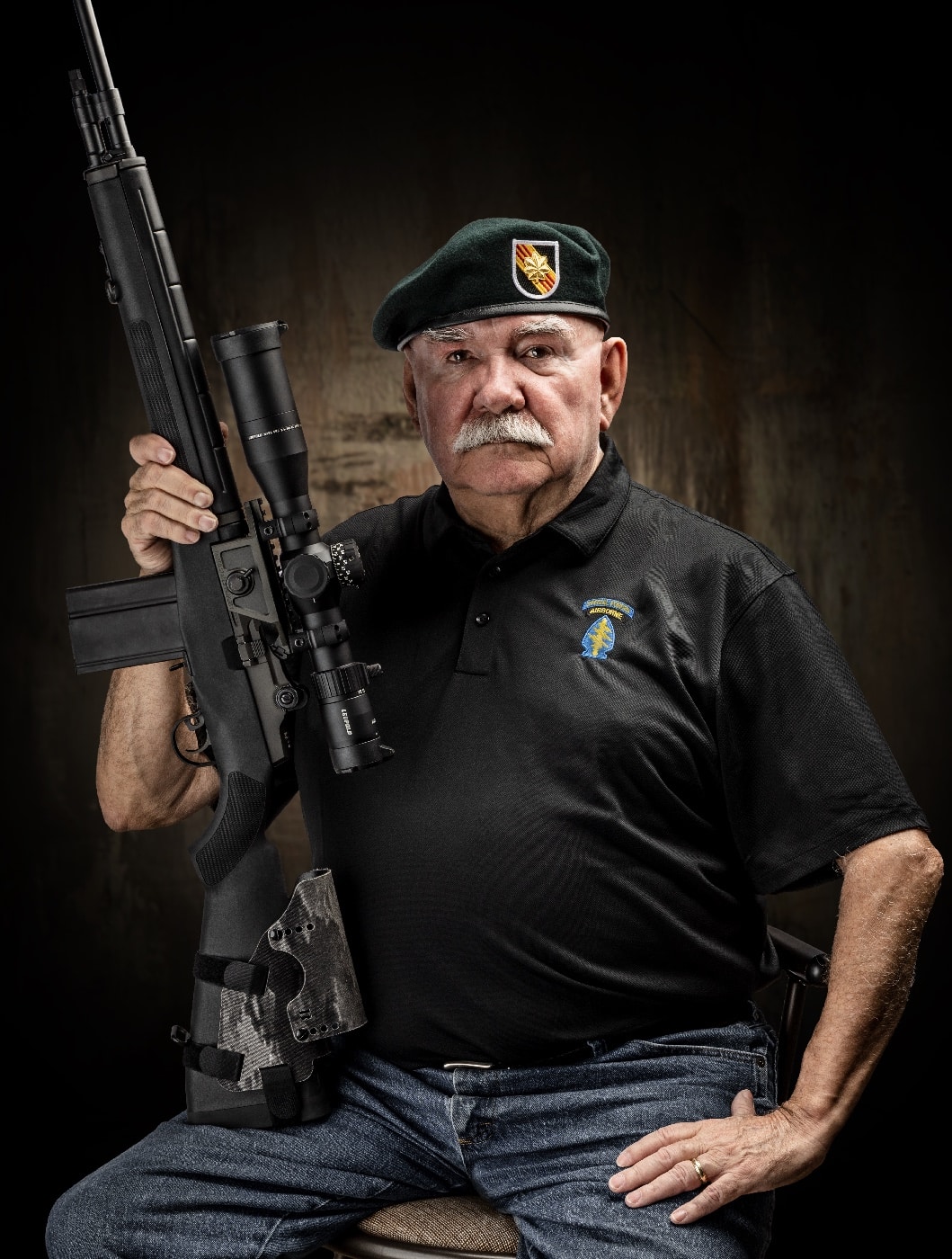
A retired Special Forces officer, Major John Plaster served three tours with MACV-SOG, trained U.S. military snipers and served as commandant of the National Guard Sniper School. He is shown here with a custom “Crazy Horse” M1A built by Smith Enterprise. Image: Alex Joseph/Springfield Armory
In all, I served 11 years active duty, and 12 years in the Reserve components.
Ive gone on to write seven more books, all related to sniping and special operations.
TAL:Many readers might be familiar with the MACV-SOG acronym, but unfamiliar with its meaning.
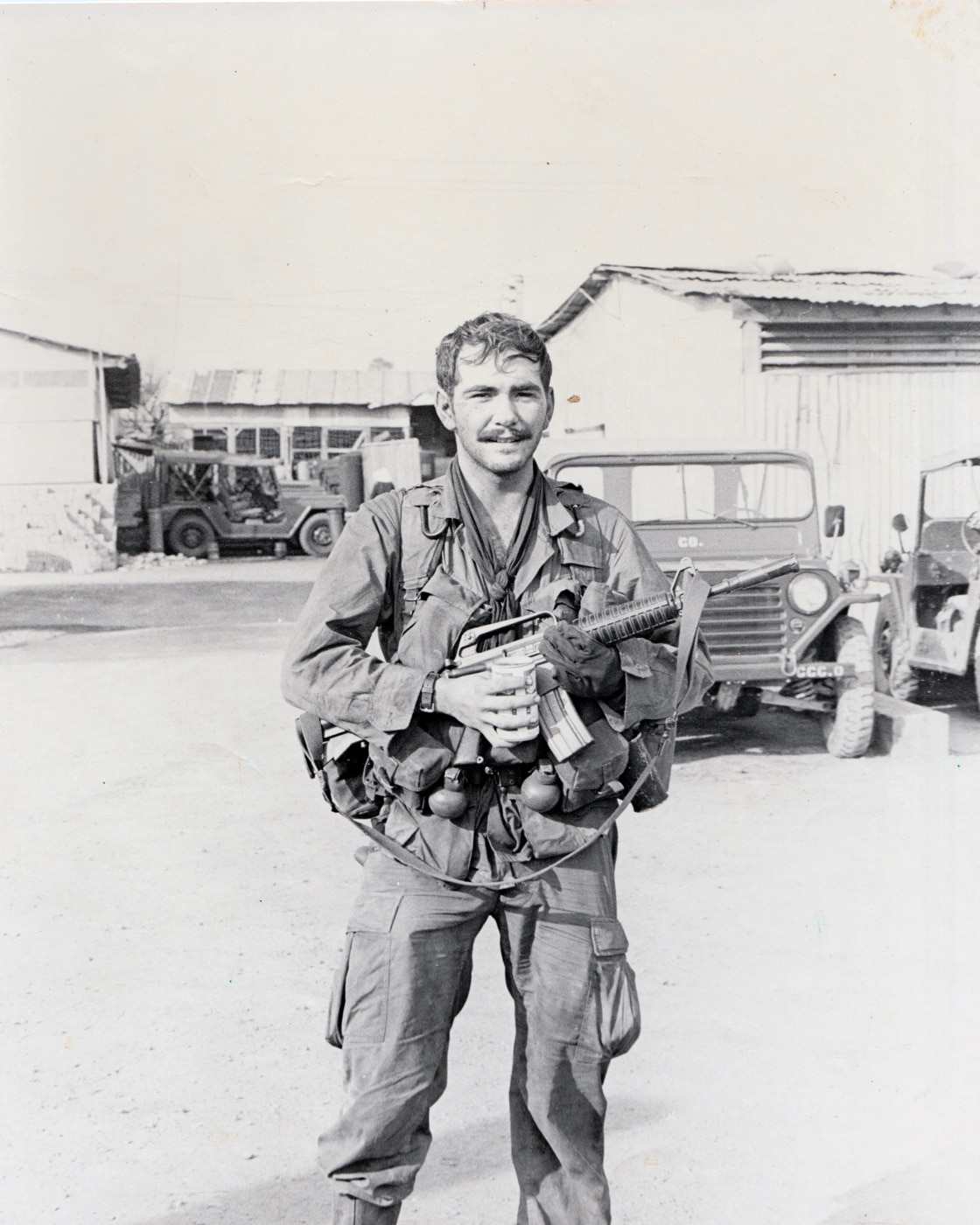
During his time in MACV-SOG as a Green Beret staff sergeant, Plaster ran more than 20 top-secret missions into Laos and Cambodia. Image: Major John Plaster
Can you tell us some more about the Military Assistance Command, Vietnam Studies and Observations Group?
Officially, those of us who volunteered for SOG were 5thSpecial Forces Group soldiers supposedly training indigenous personnel.
As a Joint Unconventional Warfare Task Force, SOG included elements of all the services.

Plaster is shown here after a tough 11-day mission in the rainy mountaintops of Laos without any food. Image: Major John Plaster
Army Green Berets led the cross-border ops into Laos and Cambodia and (rarely) North Vietnam.
We also had the wars onlyUSAF combat Huey unitand a squadron of South VietnameseH-34 helicopters.
Our CIA civilian personnel conducted Black Psyops.
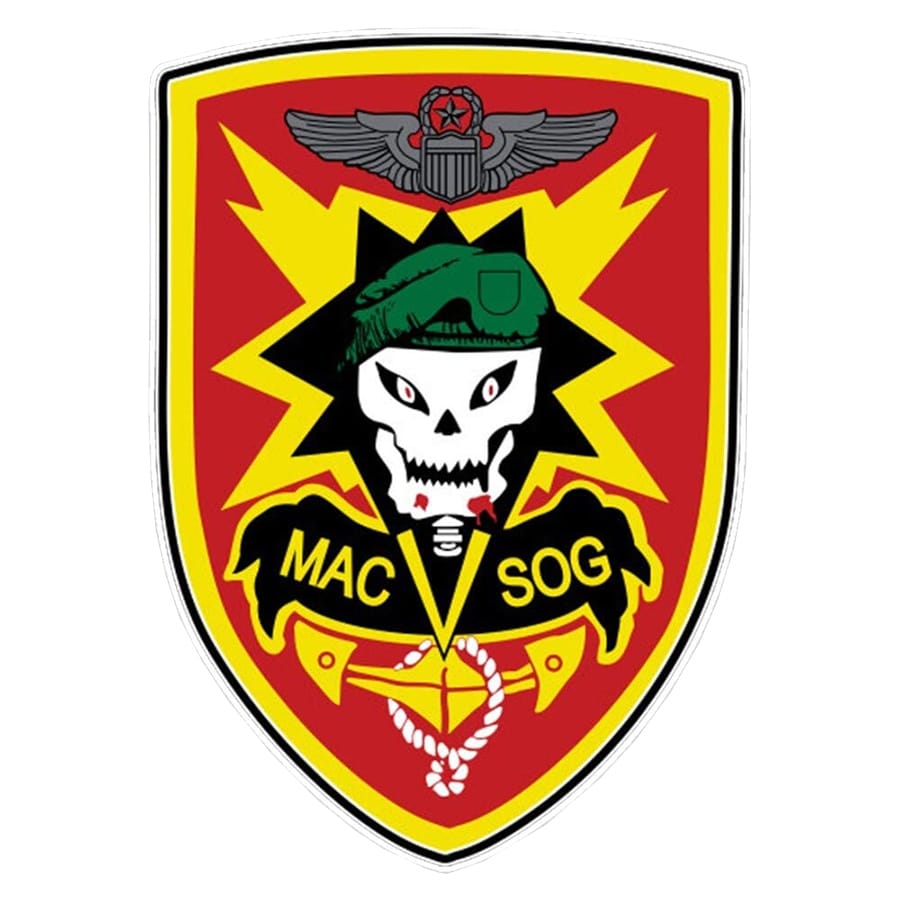
Military Assistance Command, Vietnam — Studies and Observations Group, or MACV-SOG, was a top-secret military unit that undertook many dangerous missions during the Vietnam War.
Is this assessment accurate?
JP:Yes, that is accurate.
Although we were called recon teams, we conducted a great variety of intelligence and direct-action missions.
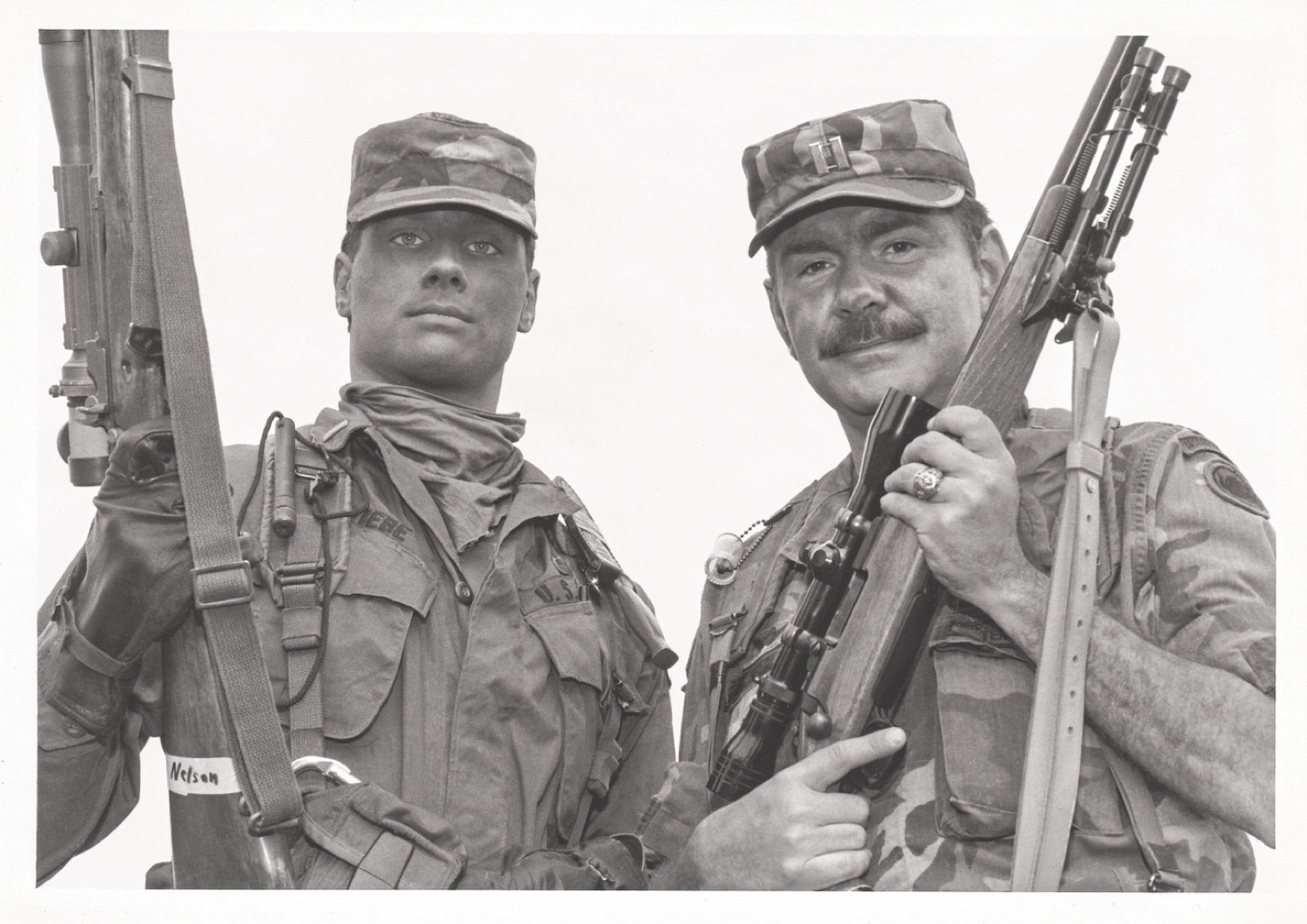
Plaster is shown here in 1983 at the founding cycle of the National Guard Sniper School, which he co-founded and later was commandant. Also pictured is the chief of the Tactical Committee. Image: Major John Plaster
[Be sure to check outDangerous Steps: Viet Cong Booby Traps.]
By 1970, the North Vietnamese had 50,000 rear area troops protecting their Laotian highway system.
Virtually every man I knew had a Purple Heart.
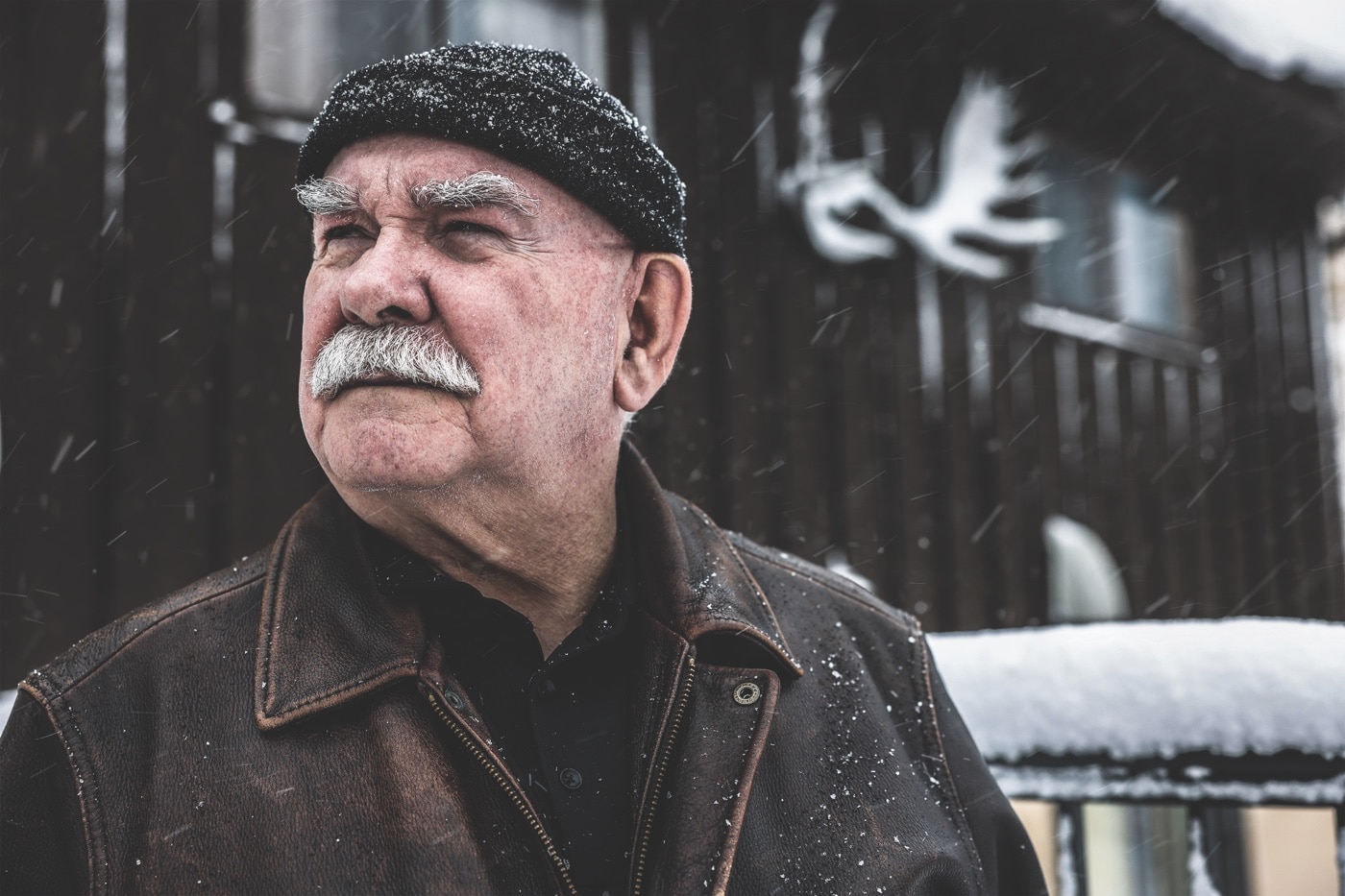
Plaster’s expertise led him to serve as commandant of the National Guard Sniper School as well as write numerous books and articles on sniping and special operations. Image: Alex Joseph/Springfield Armory
However, weknewsome men had been taken alive.
In all, we lost approximately 300 Green Berets on these cross-border operations, to include 57 men MIA.
And we were almost always short of recon personnel.
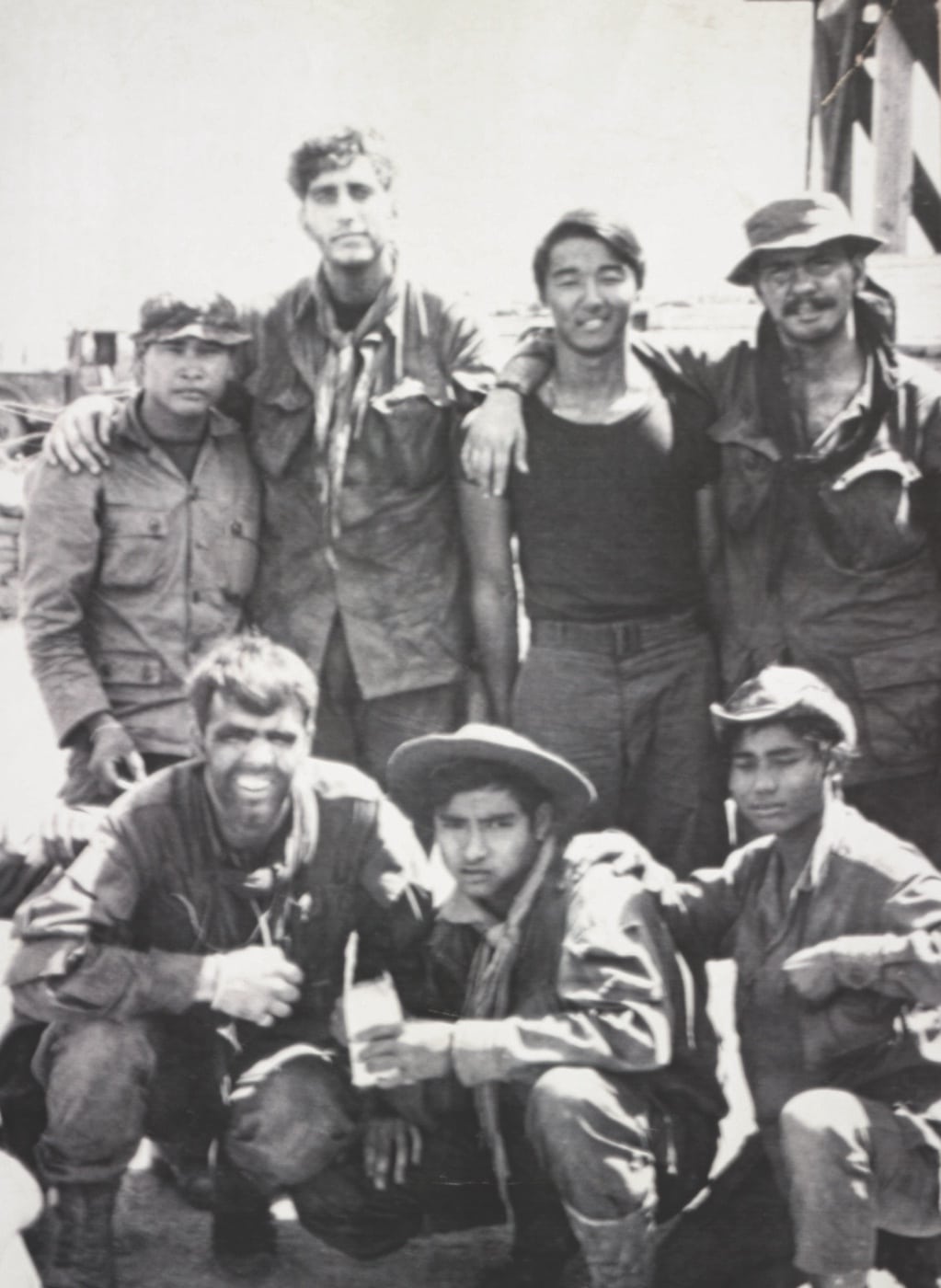
Plaster (top right) is shown with teammate Glen Uemura along with Medal of Honor recipient Franklin D. Miller, back from a tough mission in Laos calling in air strikes on enemy anti-aircraft guns. Image: Major John Plaster
Many other high awards went unapproved because higher authorities could not be told the classified details of many actions.
It took a decade to accomplish this.
That was one fine day.
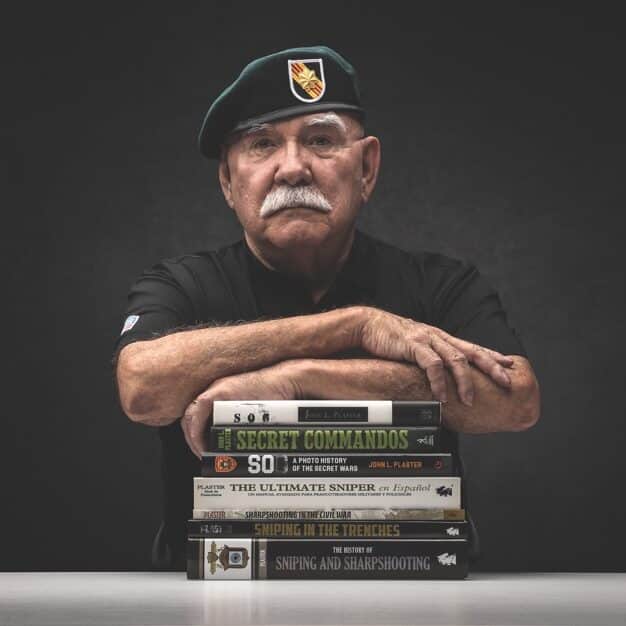
A member of the Special Forces Hall of Fame, Major John Plaster is both a revered and decorated member of the Special Forces community as well as a highly respected author.
The enemys Laotian highway system was vital to their fighting in South Vietnam.
Some 10,000 trucks (no exaggeration) carried their supplies from North Vietnam through Laos to South Vietnam.
This Ho Chi Minh Trail included 2,500 miles of roads constructed and defended by the enemy.
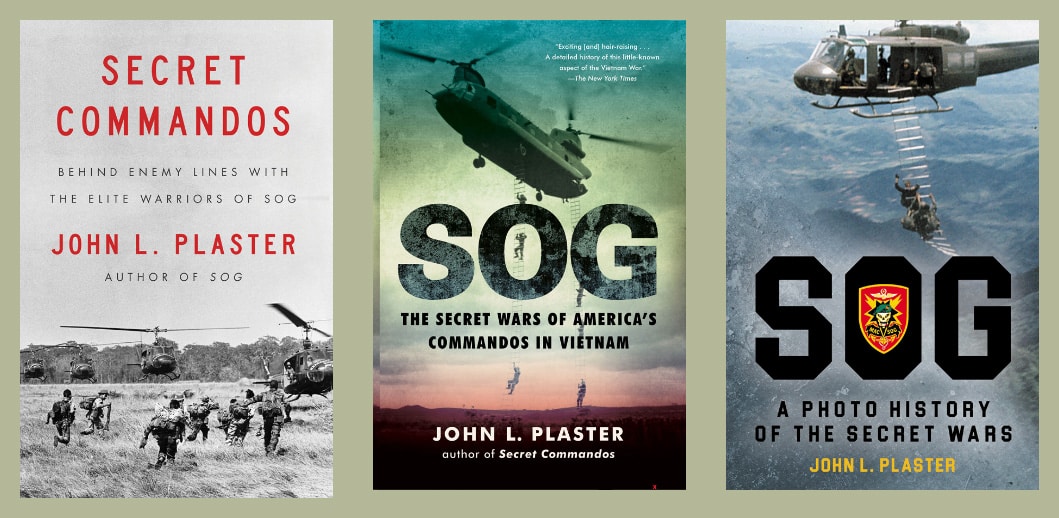
The challenge was to halt a convoys lead truck, capture the driver and withdraw after taking him prisoner.
But we all made it out and marched all night for a helicopter extraction at first light.
Thanks to numerous air strikes, our Hueys took no ground fire.

My SOG comrades ran many other dramatic operations.
In some way, given the dangers, just about every cross-border op was memorable.
Many, many times our teams escaped by the skin of their teeth.

Thats why, between missions, we practiced live-fire drills practically every day.
Our shooting skill and tactical knowledge gave us a thin but decisive edge over the enemy.
And 99% of the time, the enemy we fought outnumbered us, at times 10-to-1 or more.
Would you change anything about how they do what they do now?
Or, would you change anything about how you did things back then?
(They refer to us old guys as Gray Beards.)
Todays technology is amazing, from satellite phones to thermal scopes and square-rig parachutes.
Oftentimes they dont get credit for what they do (sound familiar?).
But its not about recognition, its about their comrades, their missions and the traditions they uphold.
And that is just like my old SOG days.
JP:In 1967, the M14 was my rifle during Basic Training.
Having fired it extensively, I appreciated its accuracy and handling and the performance of the 7.62mm NATO cartridge.
During my second SOG tour (69-70), the XM21 rifles arrived.
Up to that point, our sniper rifle was a Model 700 bolt-action with Redfield 3-9X scope.
The trigger was still two-stage, but notably improved.
However, the stock was configured like the M14s without a cheekrest, making eye-alignment an issue.
Despite its complicated appearance, the scope was simple to operate afterit was zeroed.
Because the unique Leatherwood mount was moveable, in essence you were zeroing both the mount and the scope.
Once zeroed, of course, the optics performed well.
The work was done by theM14 experts at Smith Enterprise, Inc.
Mind letting us know your thoughts on it, compared to the XM21 of the SOG days?
[Read about theCrazy Horse M21A5 riflesdeveloped by Smith Enterprises.]
My Crazy Horse is topped by aLeupold Mark 5HD 3.6-18x44mm scope, completing this outstanding long-range shooting system.
If so, how and why?
They helped re-establish peacetime sniper training and provided the impetus for technological improvements in weapons and optics.
Civilian leaders and military commanders grew to appreciate the role of sniping.
TAL:In your opinion, what were the most innovative or exotic weapons used by MACV-SOG?
The most exotic was the Gyrojet pistol, which fired a 13mm bullet-shaped, miniature rocket.
Although fun to shoot, most of us thought it was a solution looking for a problem.
It weighed nearly 100 lbs.
yet it was sometimes employed.
Some teams had sawed-off M79 grenade launcher pistols which were snaplinked on web gear as an auxiliary weapon.
[Catch the service history of theM79 Thumper grenade launcher here.]
An especially popular weapon was the choppedChicom RPD machine gun.
It was the same length as a Thompson submachine gun and used a modified drum containing 125 belted rounds.
It was so well-balanced you could practically write your name with it.
The most unusual weapon was a 50-lb.
bow and arrow carried (and shot) by Green Beret Bob Graham on a mission into Cambodia.
Can you tell us how you got into writing, and why?
By the time I finished it, SOGs top secret operations began declassification.
My current project is a novel, The Wolves of Winter, concerning WWII special ops in Europe.
JP:Ive sometimes been asked, How should I prepare myself for Special Forces training.
Heres my best advice.
Firstly, focus on your physical condition.
Special Forces training is tough, requiring physical strength, stamina and dexterity.
Dont expect to acquire this during training you need it on Day One.
This is probably the issue that eliminates most Special Forces trainees.
Build yourself up as if preparing for an athletic event, with Special Forces training being your Olympics.
Long hikes are good, too.
In training, the weak-at-heart types get worn out and washed out.
However, this often is as much mindset as it is physical condition.
Your mindset is just as important.
Quitting is easy for some because theyve never faced anything really demanding in their lives.
Mentally toughen yourself, develop self-discipline through occasional denial of creature comforts.
Run an extra 100 yards when your body is telling you youve had enough.
Personally, at the toughest times Id tell myself, Never quit!
or Id rather die than quit!
You have to be able to swim.
And lastly, if it’s possible for you to, talk to a Special Forces veteran.
Most former Green Berets are glad to share their experiences with men aspiring to earn their own green beret.
The green beret is a hat.
You dont want to be a Green Beret, you want to be a Special Forces soldier.
And that means a lot more than any hat you may ever wear.
We truly appreciate it.
JP:It was my pleasure.
Go to forum thread




